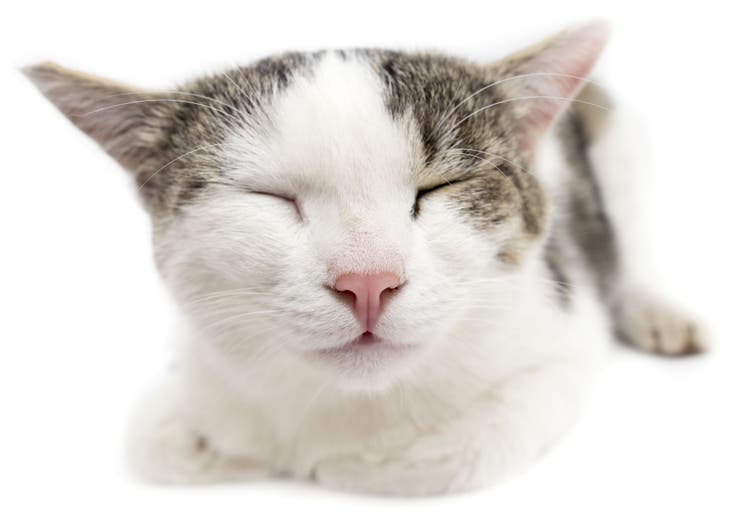
Enucleation: Removal of an Eye in Cats
Feline Enucleation: Removal of an Eye
Enucleation is the removal of an eye. It is an irreversible method of treating various disorders of the eye.
Reasons for enucleation include:
- Severe untreatable trauma, such as a perforated or ruptured eyeball
- Uncontrollable glaucoma
- Infections or inflammation on the surface or within the eye that are unresponsive to therapy
- Cancer of the eye
- Congenital deformities of the eye
- Diseases behind the eye, within the orbit
- Diseases within the eye that have the potential to spread to the rest of the body.
Enucleation is also reserved as a last option to alleviate the pain of any eye, especially if it is blind and of no use to the animal. Enucleation and blindness are tolerated well by dogs and cats.
Veterinary Care for Removal of an Eye in Cats
Prior to enucleation, all medical attempts at saving the eye are usually tried. With the advances that have taken place over the last 20 years in veterinary ophthalmology, it is now possible to treat successfully many eye diseases that were not treatable before, and in many cases to save the animal’s vision.
When cancer is diagnosed in or around the eye, when an eye is blind and persistently painful, or when the cost of treating the eye is too expensive for the owner, enucleation may be chosen as the initial treatment.
Surgical Procedure
There are two surgical options for enucleation:
- Removal of all the tissues within the eye socket including muscles and other nearby tissues, is called an exenteration. This procedure is used primarily for the removal of a cancerous eye mass.
- Removal of the eyeball without taking all the surrounding tissues is referred to as an enucleation and is the most commonly performed procedure. After removal of the eye, the eyelid edges are permanently sutured closed. Once the hair and whiskers grow back, the appearance of the cat is usually quite good.
Postoperative Care After Enucleation
After surgery, the incision (suture site) must be protected until healing is complete. The cat may be sent home wearing an Elizabethan collar to prevent rubbing or traumatizing the surgery site. Oral antibiotics may be prescribed if the eye or orbit was found to be infected at the time of surgery.
There is usually some mild postoperative swelling at the site of the surgery, and if the eye was inflamed prior to surgery, then some bruising may also be noted in the area. Occasionally the cat may sneeze small amounts of bloody fluid from the nostril on the same side as the surgery. These signs usually resolve within two to four days. The sutures are typically removed in seven to 10 days.
Carefully monitor your pet after the surgery. If there is any sign of persistent swelling, if there is any oozing from the stitches, if the animal acts as if he is not feeling well, then notify your veterinarian. Most animals are fully recovered from the surgery and are acting normal within 48 to 72 hours.
It may take six to eight weeks for the hair and whiskers to grow back around the surgery site. Without whiskers, some cats may bump into objects on the same side as the surgery (the side they are blind). This bumping usually stops as soon as the whiskers are long enough to act like antennae that can detect nearby objects.
Animals with one eye enucleated do not seem to be handicapped with respect to their vision, their mobility, or their ability to function. Animals with one eye usually behave in a completely normal fashion.